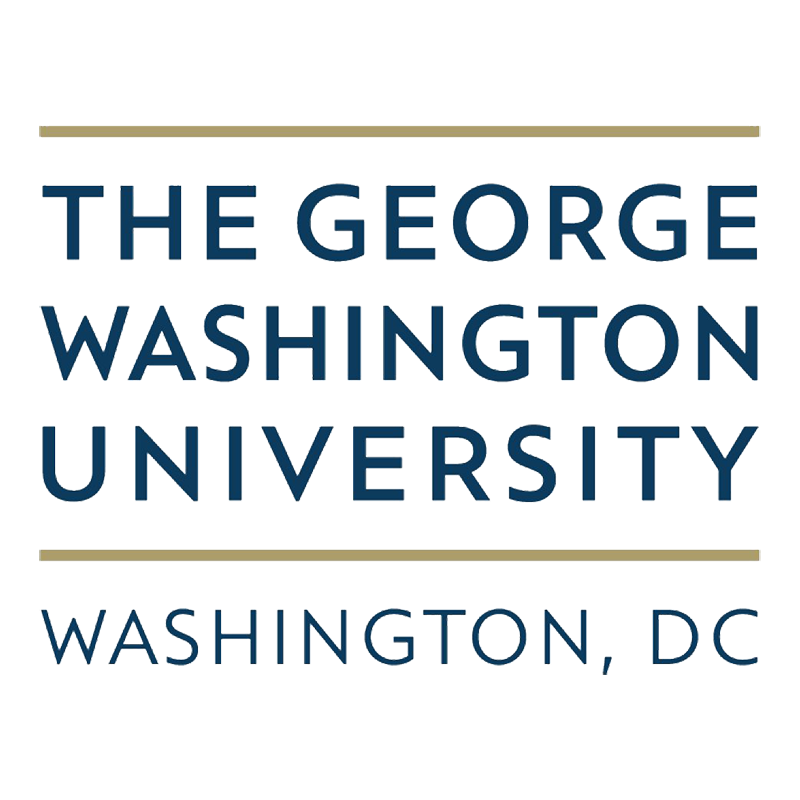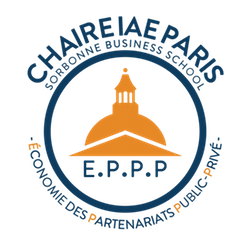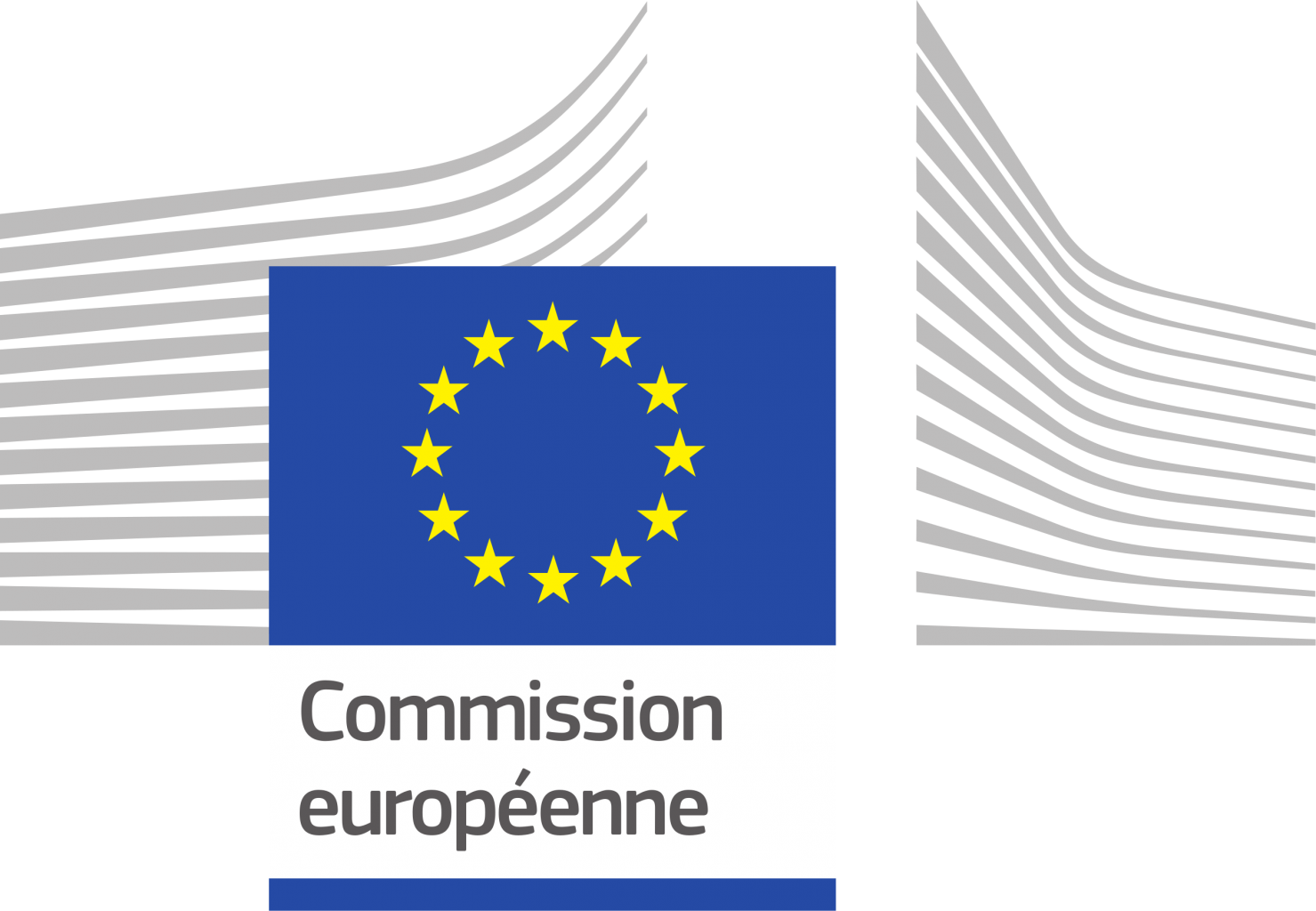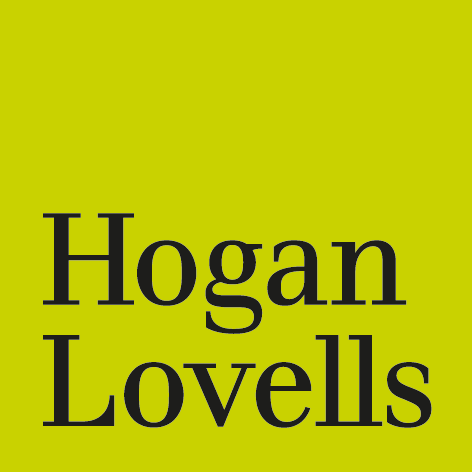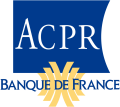
|
| , - |
|
| Florence School of Regulation |
Regulatory Governance: Models and Dynamics
Conference organised at the Istituto degli innocenti in Florence from June 27th to June 29th 2022 with the support of the Florence School of Regulation and the George Washington University Law School

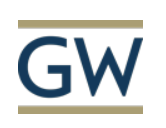
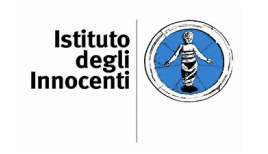
Starting in the 1990s, most countries engaged in a path of economic liberalization, translating into the introduction of more competition in utilities and the privatization of key operators in related industries. Governments fortified this movement by establishing independent regulators in charge of promoting fair competition between new entrants and incumbents and of protecting the public interest. In many countries, regulatory agencies were then created to oversight the performance of industries other than utilities, as the media, entertainment, games, healthcare provision, financial services. For a long time, the model of ``independent'' regulators was specific to the United States. In most other countries, utilities had been operated by organizations, public or private, that were directly monitored by ministries, either through a ‘command and control’ mode of governance, or through contractual relationships. As of the 1990s, principles of ‘good‘ governance have been advocated by various inter-governmental organizations, including the World Bank, the OECD, and the EU, to promote a model of agency that is immune to undue influence from business (in response to Stigler [1971] analysis of the capture of regulators by businesses) and to undue influence from governments (especially because their sensitivity to electoral cycles may prevent them from making decisions aligned with the long-term public interest; e.g. Majone, 1996). The independence of regulators has also been understood as a significant driver of the internationalization of the related service industries, attracting foreign investments in infrastructure, and supporting the consolidation of specialized operators benefiting from economies of scale and economies of experience. That being said, most countries ``imported'' the independent regulator model their own way.
The various contributions to this international conference were expected to focus on one or a small set of national experience, highlighting specificities of the studied model(s) of governance.
Hence, they were organised around the following threads of discussion:
• The characteristics and performance of national regulatory models in which was be discussed:
o first, the design and modalities of emergence of regulatory authorities and the processes of their endorsement by the various stakeholders and (public) authorities;
o and second, the resources (broadly defined) relied upon to shape the activity of operators in a given industry considering both private and public capabilities and the way the levers of authority and cooperation are combined by NRAs;
• The dynamics of evolution of NRAs in which were analyzed:
o the issue of the development of their capability and legitimacy and the interplay with the various stakeholders of the regulatory game: public authorities, other administrative agencies, the industry, the users, etc. The evolution of the de facto mandate of NRAs was considered in this context as well as their potential recognition by political and economic actors as a crucial component of the governance system. Moreover, the relative institutional flexibility of NRAs can also be a vector of more, if not agile, adaptative, at least experimental mechanisms of governance.
o and, second, the transnational dynamic instituted by the combination of the progressive relinquishing of discretion on levers of (economic) governance by the national executive branch, combined with the development of regulatory cooperation at the transnational level, alongside the globalization of the economy.
This conference output will be a collective publication during spring 2023.






